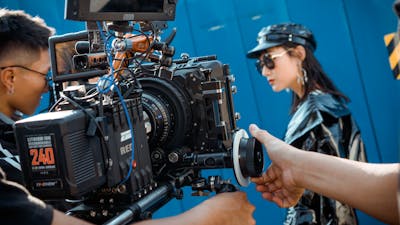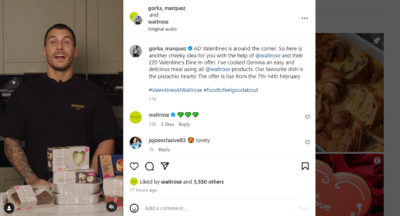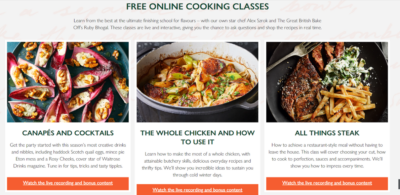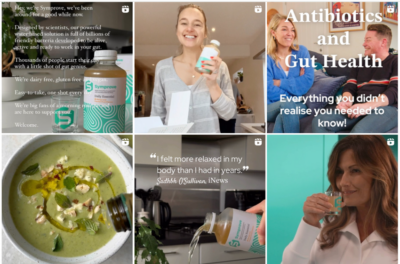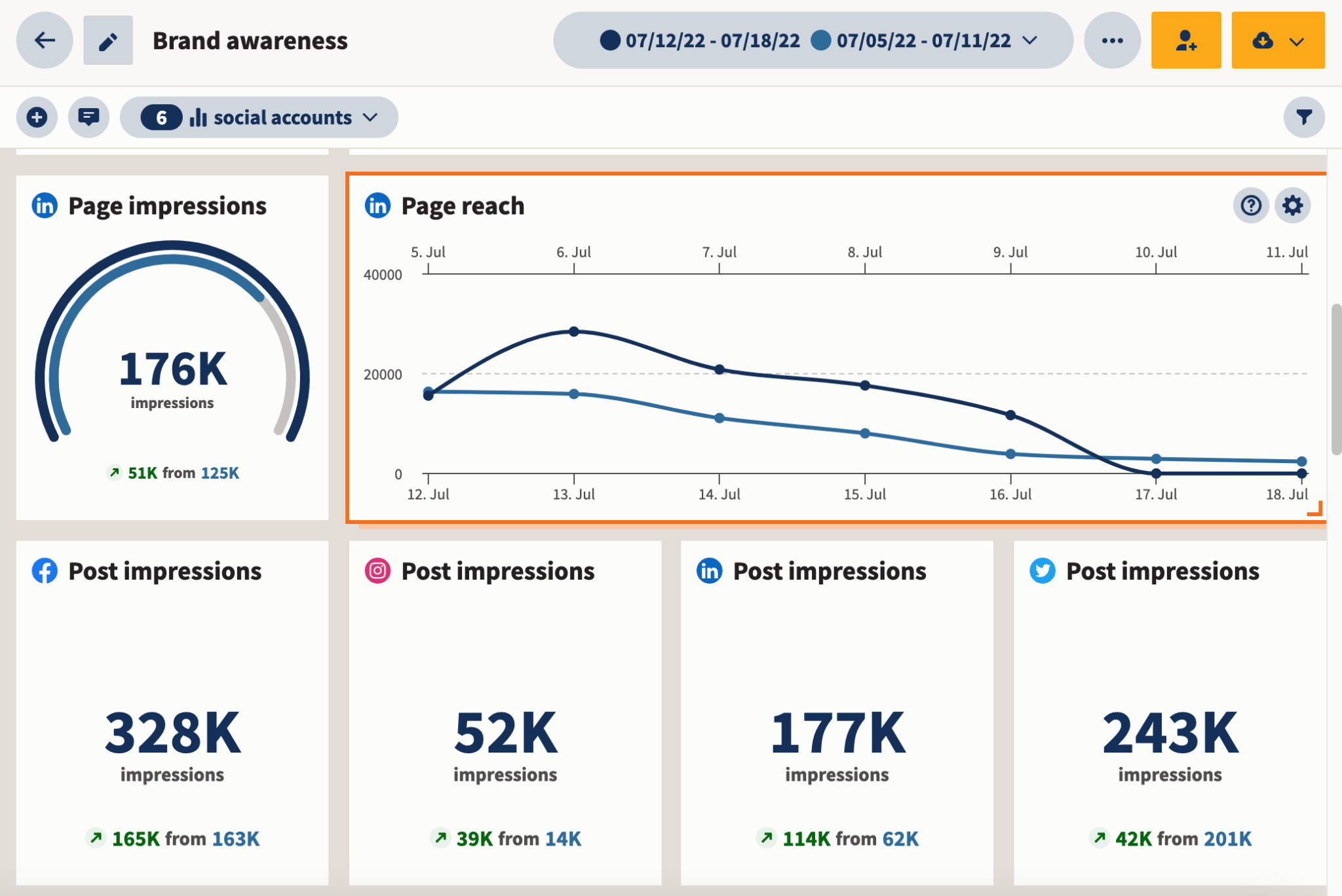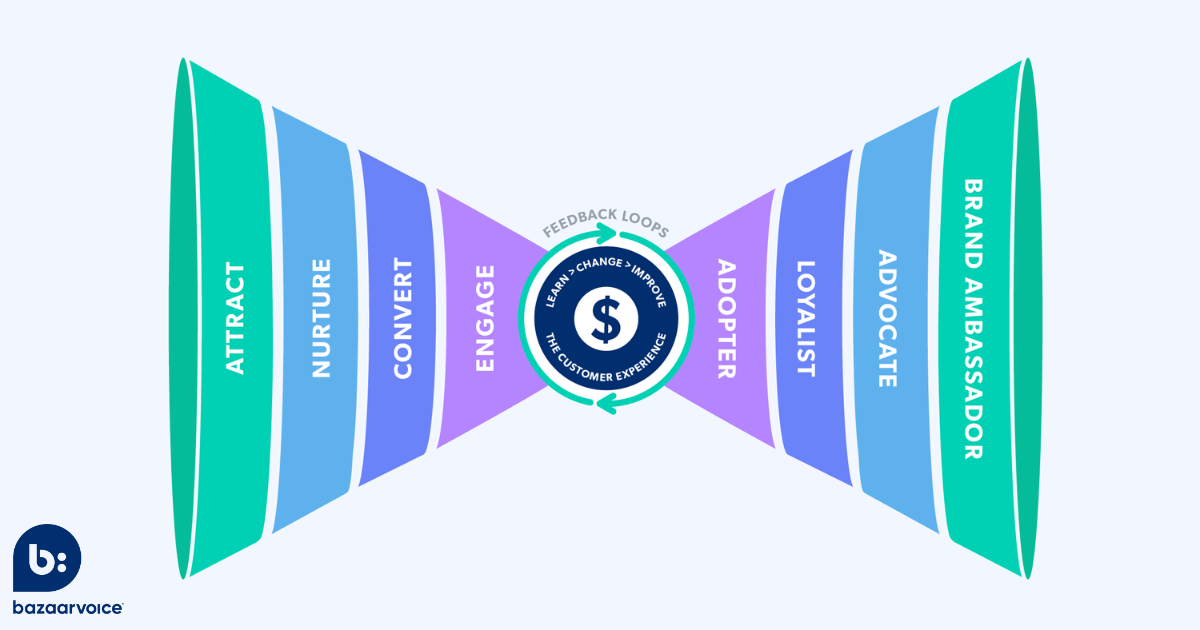What Does a Production Assistant Do?
If you’re just starting out in the world of video production, one of the most common entry points is as a Production Assistant—often shortened to PA. It’s a job that exists across commercial content, television, and film, but the day-to-day responsibilities can vary depending on the type of production you’re working on.
In this article, we’re focusing mainly on what it’s like to be a PA at a commercial video agency like Small Films—with a bit of insight into how the role compares in the wider industry.
To bring it to life, we’ve spoken to one of our own team members, Mia, who started with us as a PA and progressed to a Production Coordinator Position. Watch her talk about her experience below.
🎥 Meet Mia: Life as a Production Assistant at Small Films
“You get to touch all facets of production and work with all of the different teams… There’s such an ongoing opportunity to learn every day.”
— Mia, Production Assistant turned Production Assistant at Small Films
What’s the role of a Production Assistant in a commercial agency?
At a video agency like Small Films, the PA is an essential member of the team—especially on shoot days. The role is varied and hands-on, and no two days are the same. You’re there to support the production team, keep things running smoothly, and generally be ready for anything.
- Setting up kit – helping to load, unload and set up cameras, lights, and other gear
- Keeping things on schedule – making sure talent, crew and locations are prepped and ready to go
- Looking after crew and clients – grabbing coffees, managing lunch orders, and keeping everyone comfortable
- Supporting the director or producer – helping with clapperboard duties, monitoring shot lists, and taking notes
- Problem-solving on the fly – from finding extra extension cables to tracking down a last-minute prop
The key skill here is being adaptable. Shoots can be unpredictable, and a great PA is someone who’s calm under pressure and quick on their feet.
What makes a good PA?
There’s no formal qualification required to become a Production Assistant, but there are a few qualities that will help you thrive in the role:
- A can-do attitude
- Good communication skills
- Willingness to muck in and do what’s needed
- Strong attention to detail
- Professionalism on set (even if you’re just getting started)
One of the best things about being a PA—particularly in a commercial video agency like Small Films—is the chance to try your hand at loads of different aspects of production. Beyond supporting shoots, you might get involved in:
- Research and creative development
- Helping with client pitches
- Pre-production planning and paperwork
- Booking travel, kit hire, and shoot logistics
- Sourcing props and supporting set design
- Sitting in on edits or helping out in post-production
It’s a brilliant way to get a feel for how everything fits together and figure out which areas you’re most drawn to—whether that’s producing, directing, creative strategy, or post.
 How does the PA role differ in TV and film?
How does the PA role differ in TV and film?
In the television and film industries, the PA role tends to be more hierarchical and specialised.
In TV production, especially on bigger shows, you’ll often find PAs divided into roles like runners, office PAs, or location assistants, each with set tasks like handling call sheets, managing transport, or keeping talent on schedule.
In film, particularly on larger productions, there are often entire teams of PAs: set PAs, lockup PAs, production office PAs, and more. You might have a narrower focus but work on longer shoots with larger crews.
In contrast, PAs in commercial video—especially in smaller, fast-moving agencies like ours—tend to wear more hats. You’ll often be exposed to every stage of the process and work closely with the creative and production teams, getting real insight into how content comes together.
Why become a PA?
If you’re keen to work in video, it’s one of the best ways to get your foot in the door. You’ll:
- Learn how a professional production runs
- Get hands-on with shoots
- Work across creative, logistical, and post-production tasks
- Meet people in the industry
- Discover what kind of role suits you best
And if you’re lucky, you’ll work with a team like Small Films—where we back curiosity, initiative, and people who want to keep learning.
Want to learn more?
- 🎬 What does a Creative Producer do?
- 📈 How to Plan a Successful Video Marketing Campaign
- 💡 7 Signs You’re Working With a Great Video Production Company
- 📚 Video Production Services
- 🛠️ Our Portfolio
Final thoughts
Being a Production Assistant can be fast-paced, unpredictable, and sometimes physically demanding—but it’s also hugely rewarding. Whether you’re aiming for a career in commercial content, television, or film, it’s a great first step that gives you a real understanding of how video production works.
Want to work with us or find out more about what we do? Fill out the form on our contact page and start the conversation.
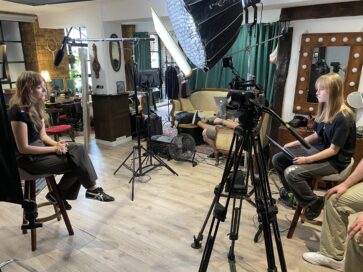 How does the PA role differ in TV and film?
How does the PA role differ in TV and film?